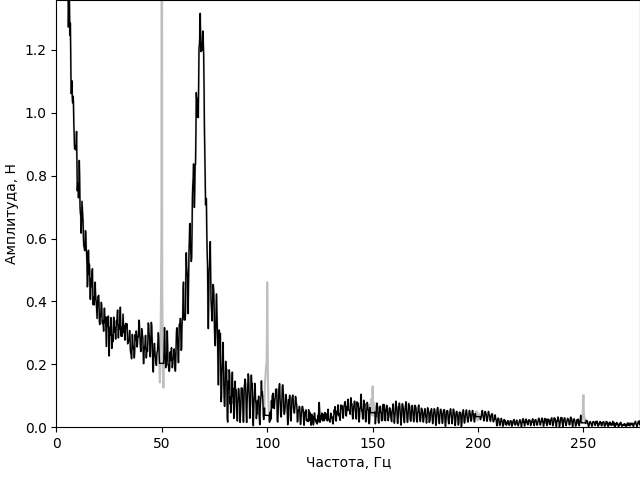Answer the question
In order to leave comments, you need to log in
How to detect an amplitude modulated signal sequence?
In general, the essence is this ... There is a signal sequence and you need to get the modulation parameters, I don’t know yet how to approach this issue
Answer the question
In order to leave comments, you need to log in
You can take the numpy package, load the result of the signal sweep into an array, run the Fourier transform (numpy.fft.fft() and numpy.fft.fftfreq() to help).
If the signal is with amplitude modulation, then the peak of the carrier frequency and its harmonics should be highlighted on the resulting amplitude spectrum. It can be determined either by searching for a maximum, or by searching for a frequency whose sum of harmonics (ie x2, x3, x4, etc.) is maximum.
Then you smooth these harmonics (for example, you replace them with the average), and ideally you get the shape of the envelope, i.e. the signal itself (+ noise).
I did something similar when I needed to remove 50 Hz interference from the lighting network from the load cell signal.
Here is the signal (gray - before the frequency filter, black - after, blue - after additional smoothing).

Here is the spectrum (gray - before, black - after), "removed" peaks are visible on it.

I had a collective farm implementation, but it fulfilled its task.

and you need to figure out the problem statement - to detect a signal, it means to give an answer whether it is or not in this sequence. This is one task. Getting the modulation parameters is a completely different task. Can you list exactly what modulation parameters you need to get? one) -? 2)-? 3)-? This is a different task. And the third task is to extract digital information from the signal, this is called demodulation and decoding.
Didn't find what you were looking for?
Ask your questionAsk a Question
731 491 924 answers to any question